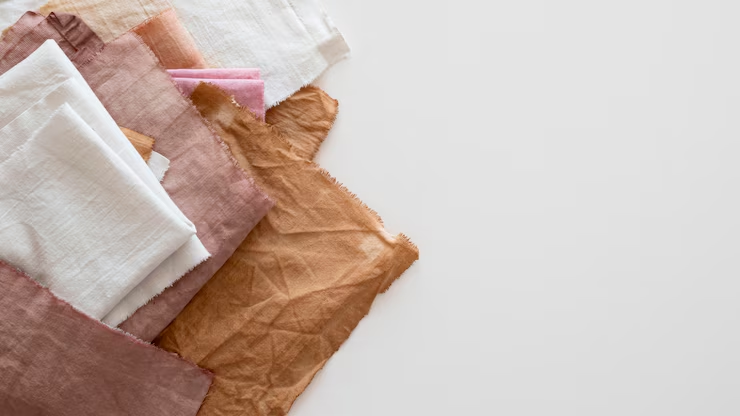Wearable, Washable, and 100% Waste-Free: Is This the Future of Fashion?

Imagine a world where your favorite shirt is fully compostable, your shoes are made from mushrooms, and your closet doesn’t contribute to landfill waste. Sounds like science fiction? Not anymore. In 2025, this vision is fast becoming reality. The fashion industry is shedding its wasteful past and stepping into a new era where clothes are wearable, washable, and 100% waste-free. This shift isn’t just trendy, it's necessary. With fashion sustainability trends 2025 putting pressure on brands and consumers alike to think eco-first, the future of fashion is being redefined right before our eyes. So, what does this future look like, and how close are we to making it mainstream? The Waste Problem: Why Fashion Had to Change Let’s start with the hard truth: the fashion industry is responsible for over 92 million tons of textile waste annually. That’s the equivalent of a garbage truck full of clothes being dumped every second. Yikes. But 2025 is ushering in real change. Designers, scientis...





